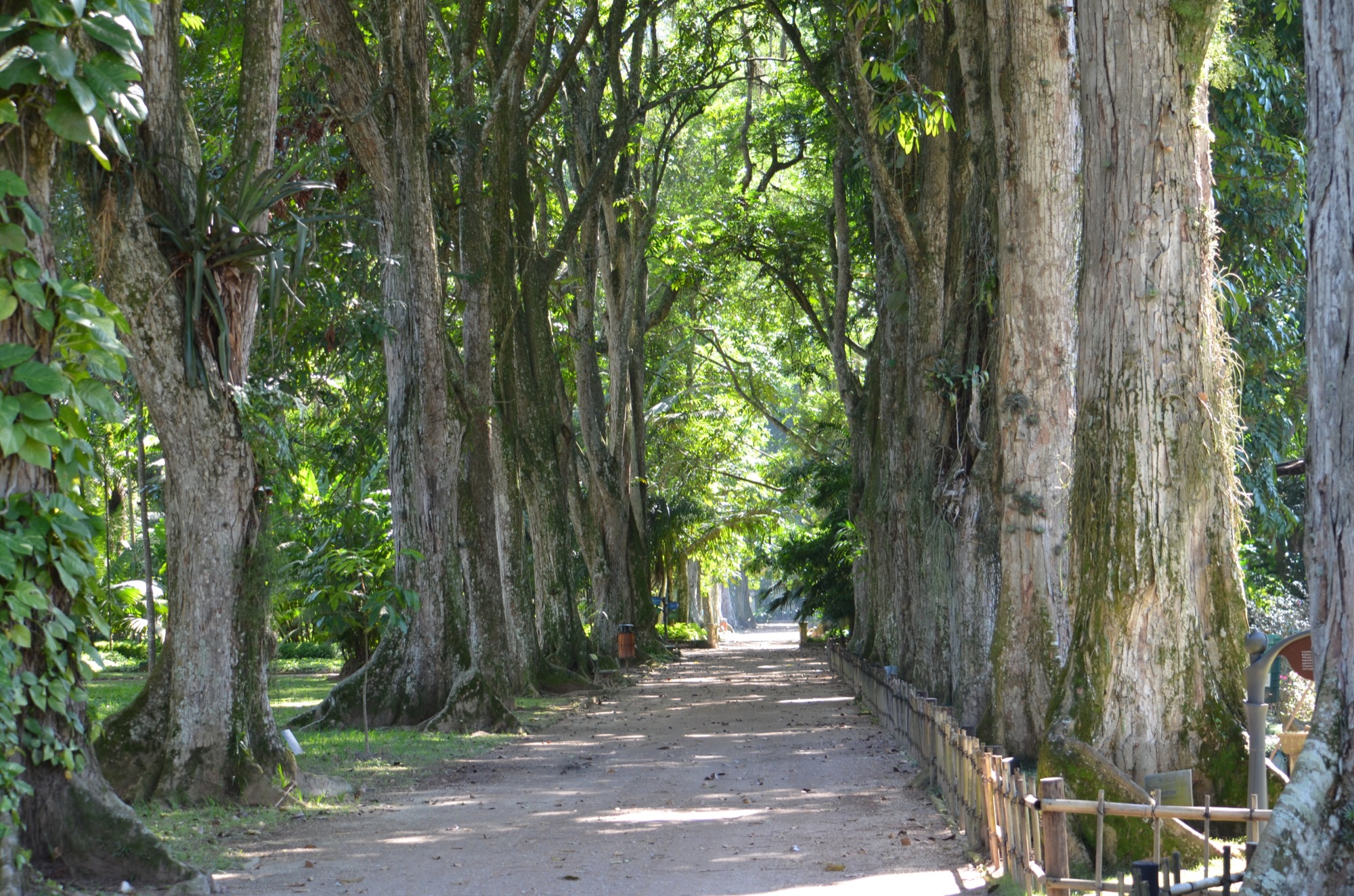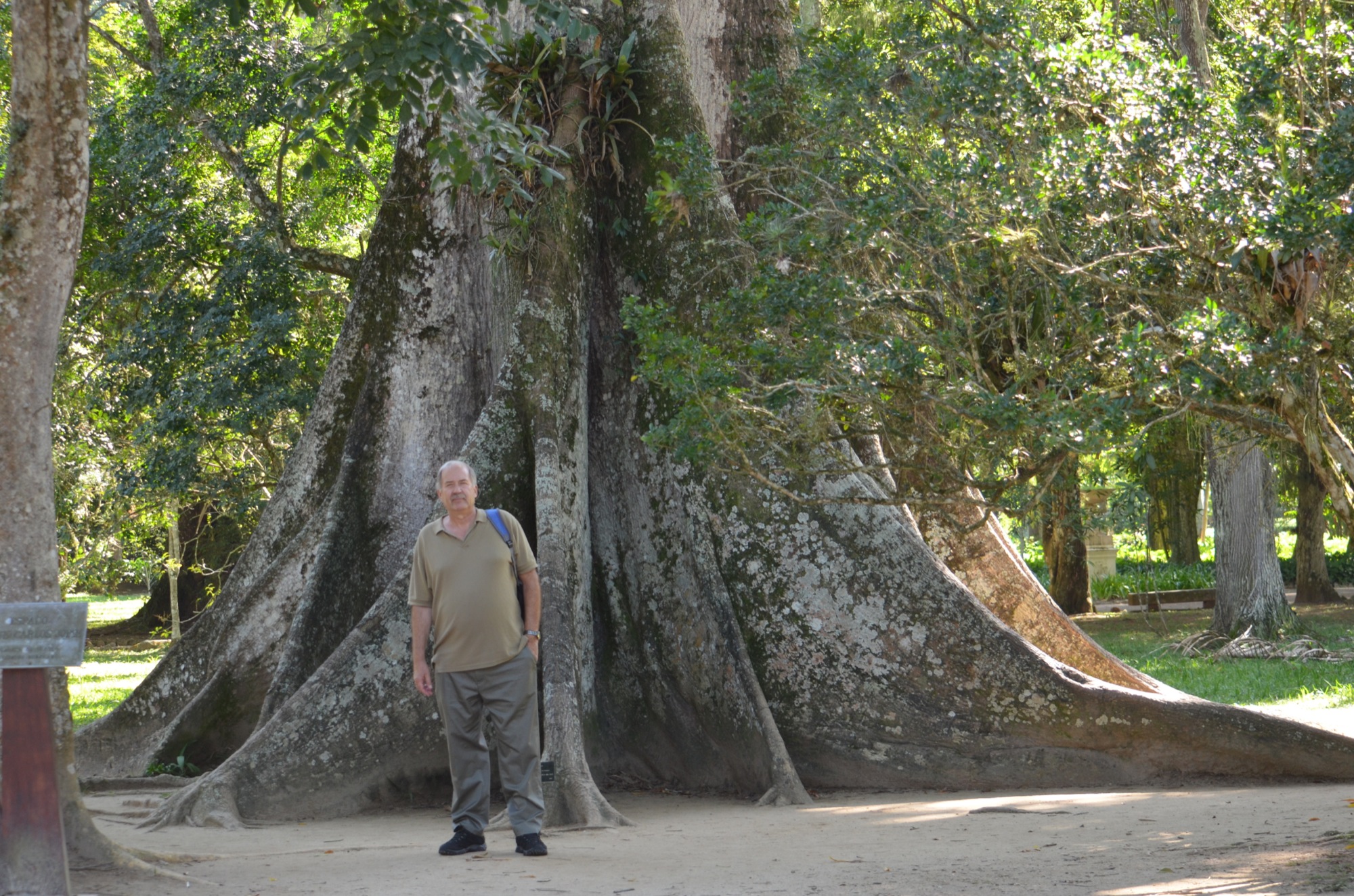Corcovado Views
The view from the top of the Corcovado was wonderful. We could see the urban sprawl of Rio spreading out in the foothills below us.
The view from the top of the Corcovado was wonderful. We could see the urban sprawl of Rio spreading out in the foothills below us.




Our next stop was Sugarloaf Mountain. The Sugarloaf is a monolith of granite and quartz that sticks up from the edge of the Guanabara Bay on the Atlantic Ocean. We rode a cable car to the top and then hiked around in the forested area.
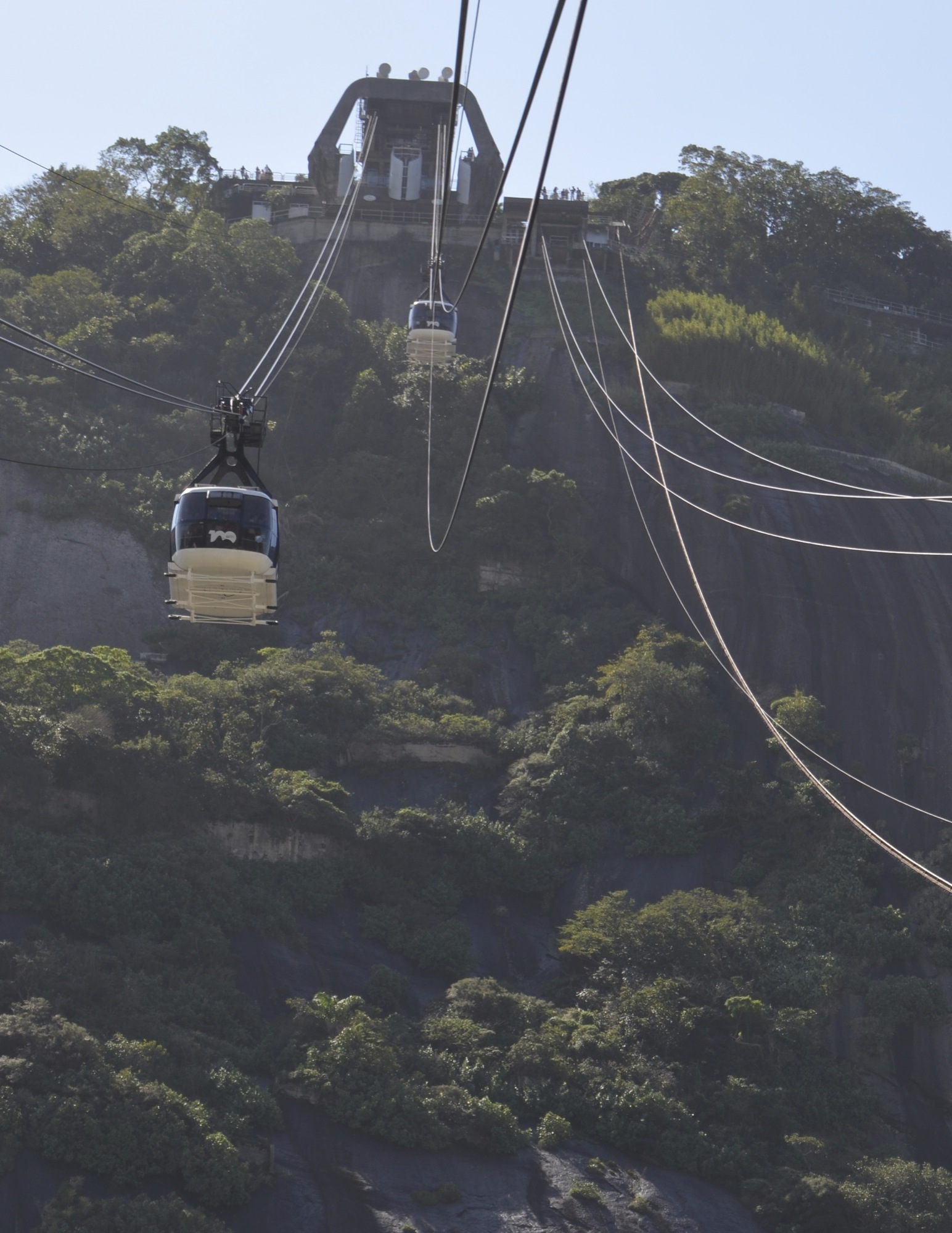
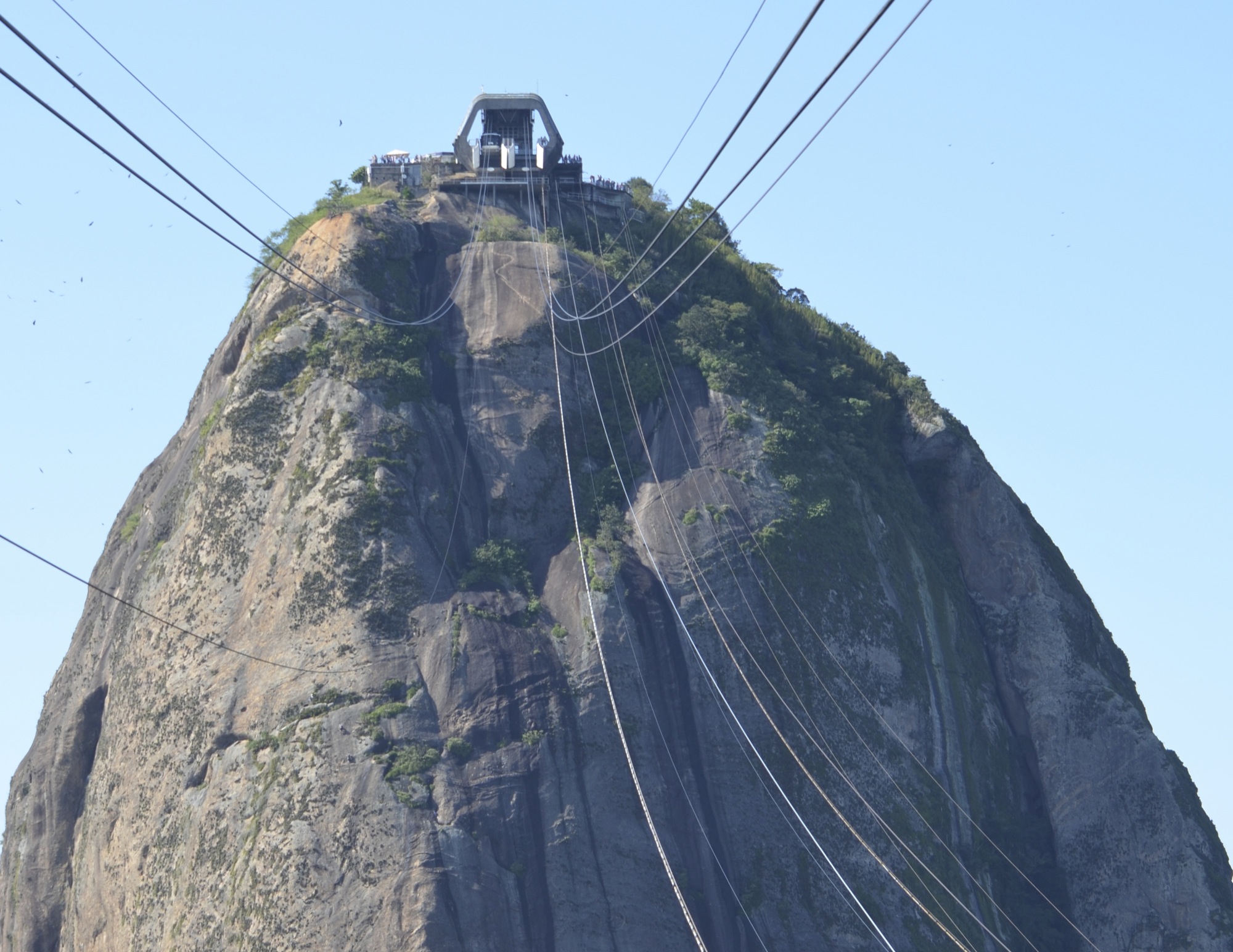
There were lots of interesting trees and some interesting seed pods.



Marmoset monkeys were all over the place on Corcovado and Sugarloaf Mountains. They are fairly common all over Rio. We even saw a couple running along a fence by the highway. These monkeys are very small, averaging about eight inches in length.

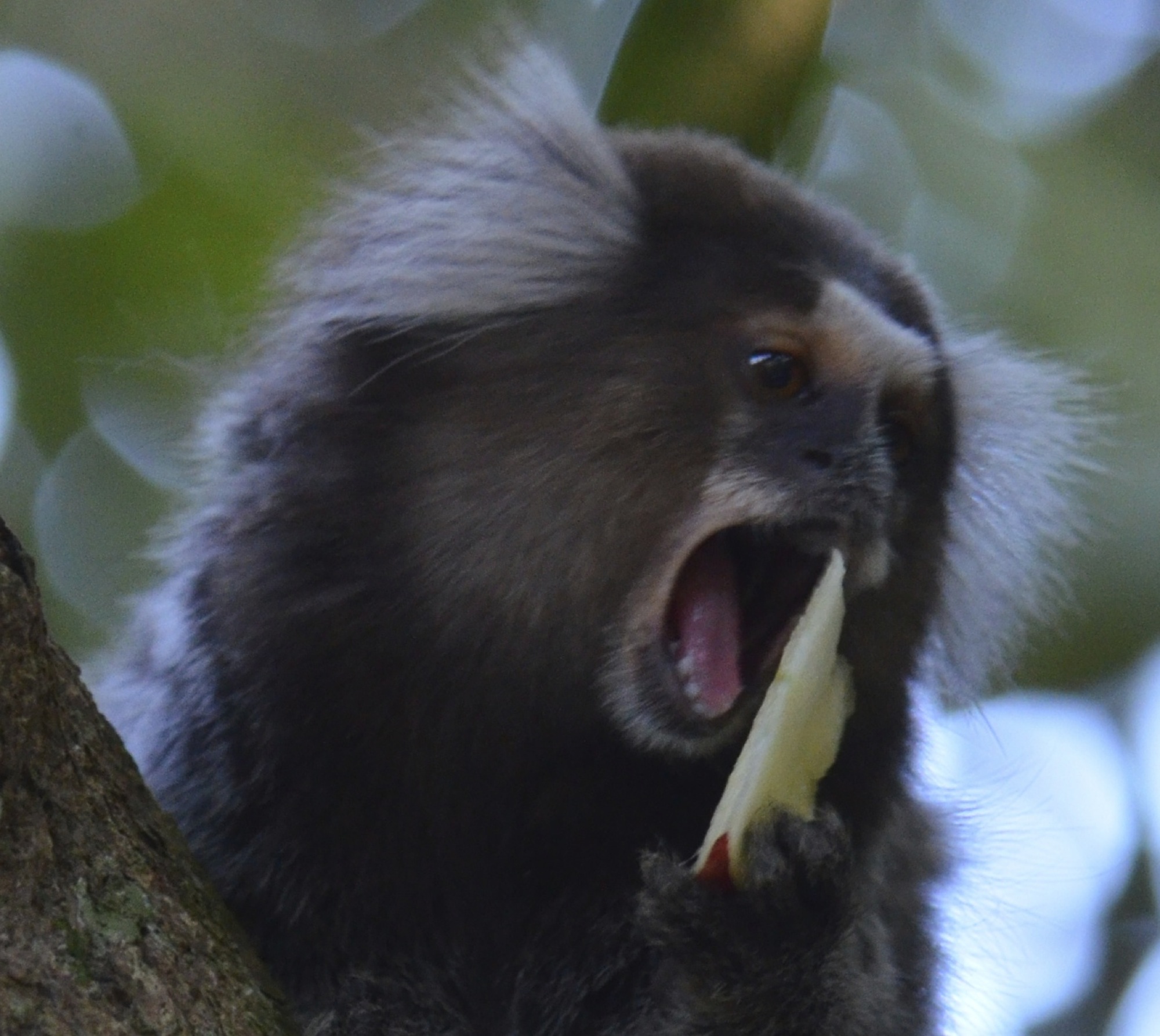


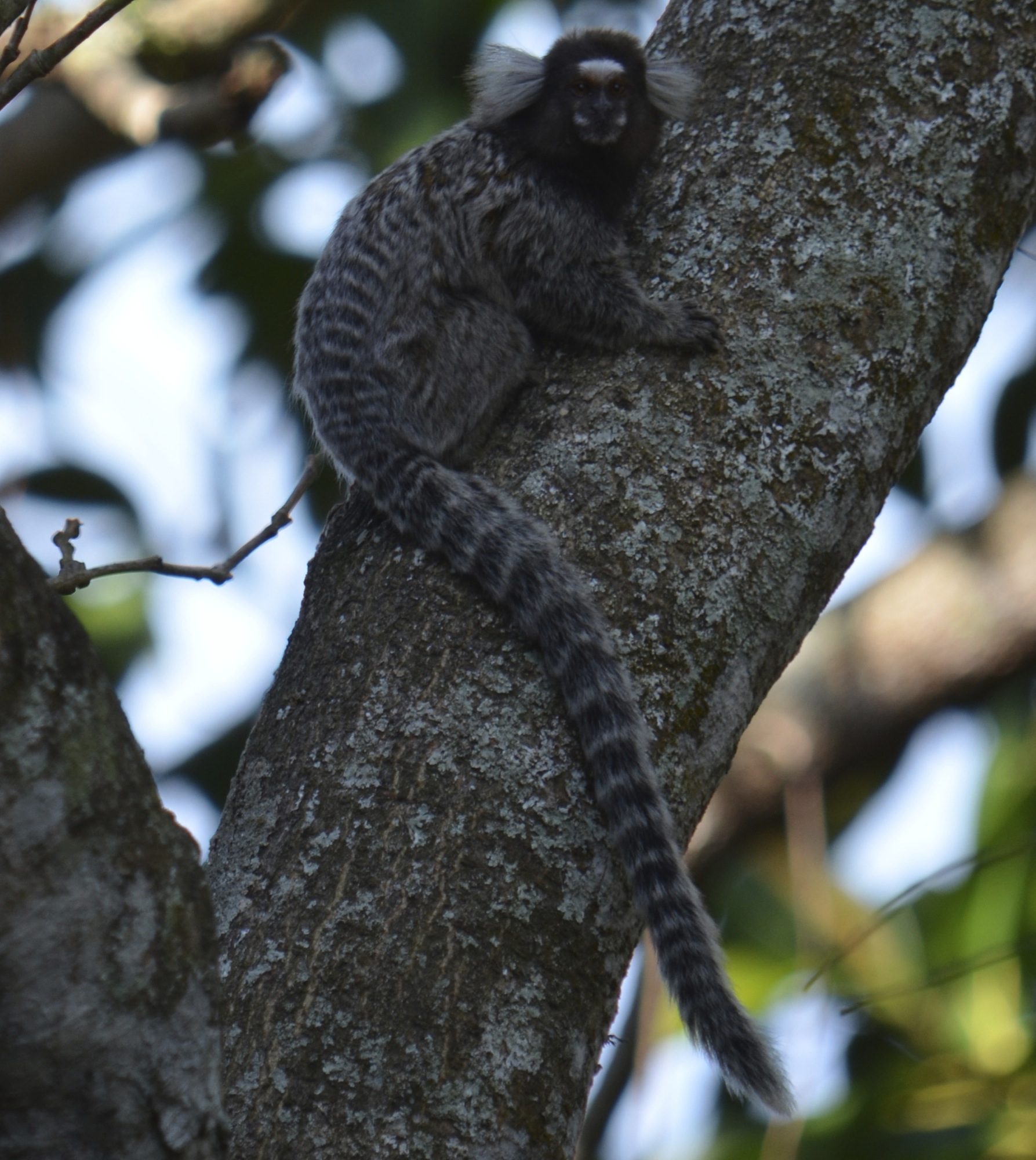
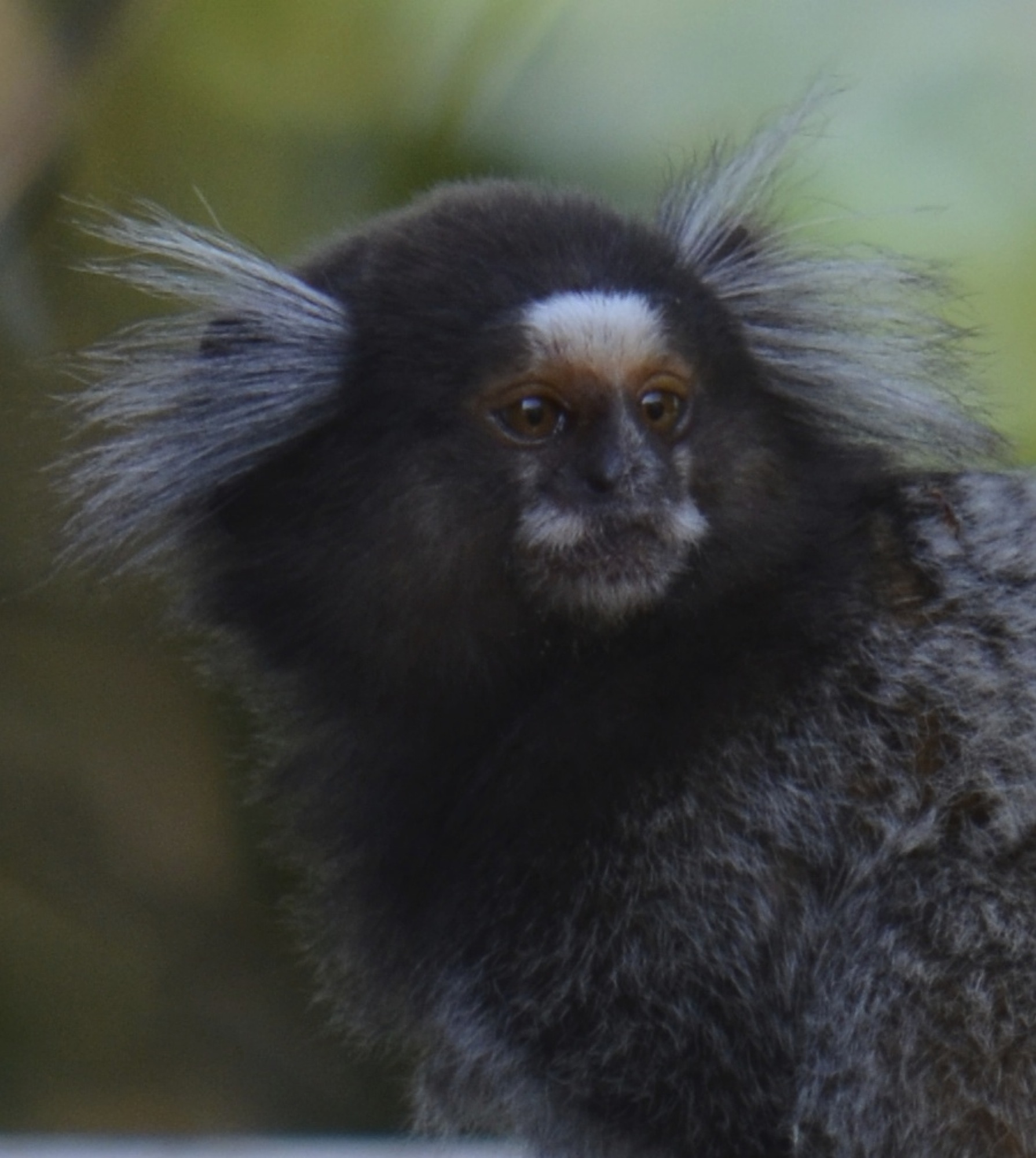

From the top of Sugarloaf, we could see Copacabana beach as well as Guanabara Bay and a view of the city in the foothills.




This restaurant, Garota de Ipanema, is where the famous song, The Girl from Ipanema, was written by Vinicius de Moraes and Tom Jobim. Ipanema beach is in a more densely populated section of town and was significantly more crowded than Copacabana beach.
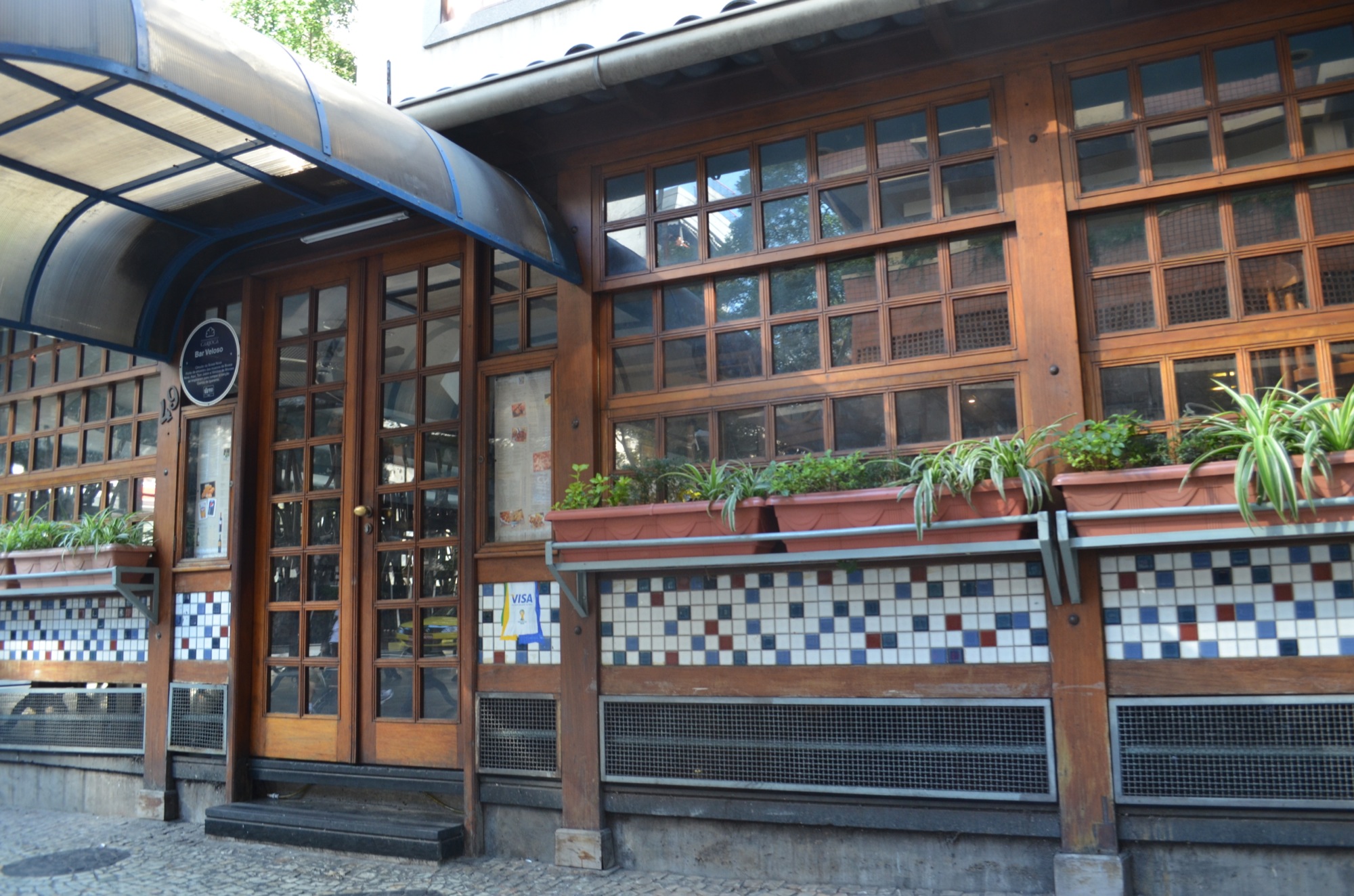
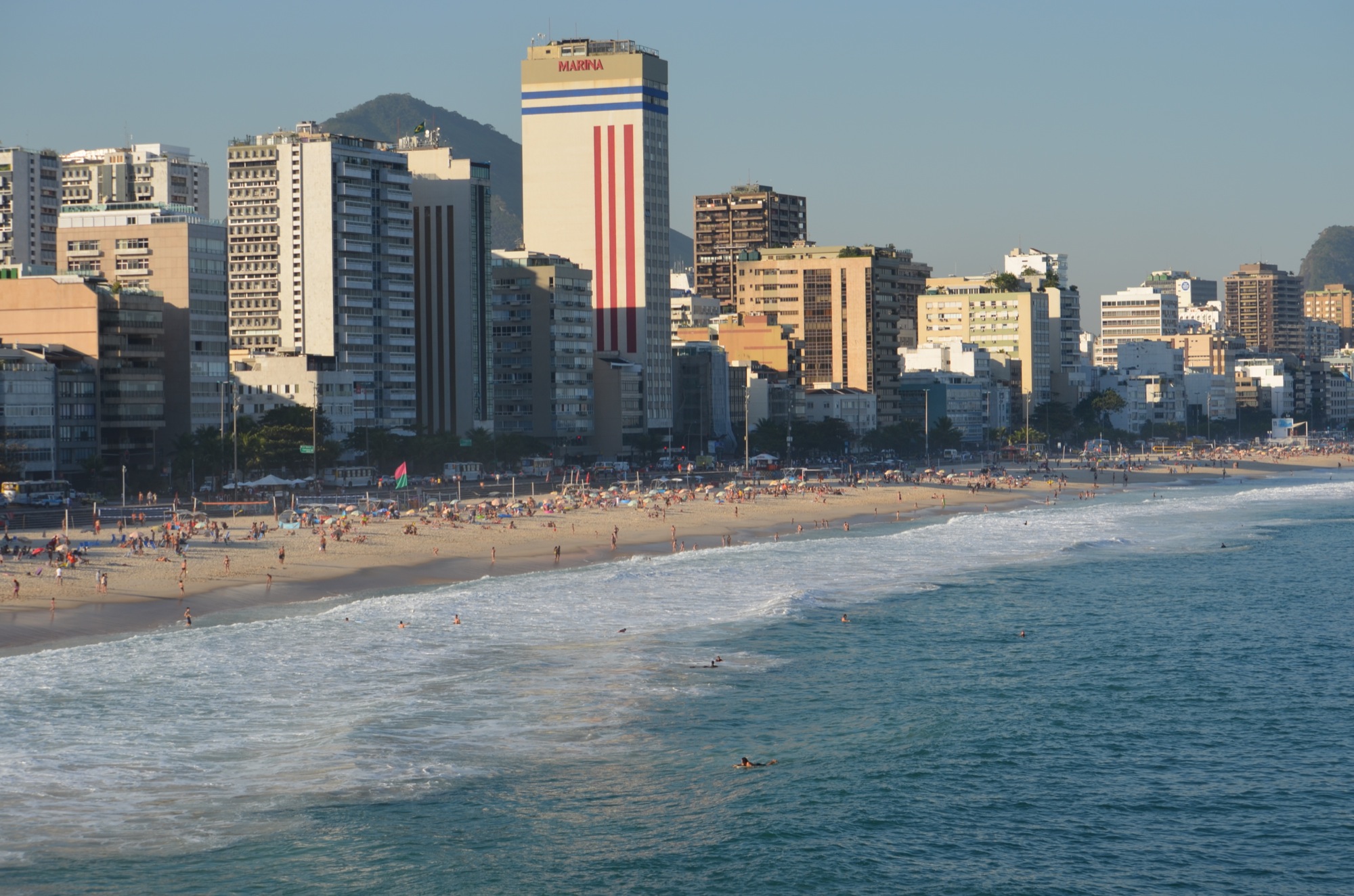
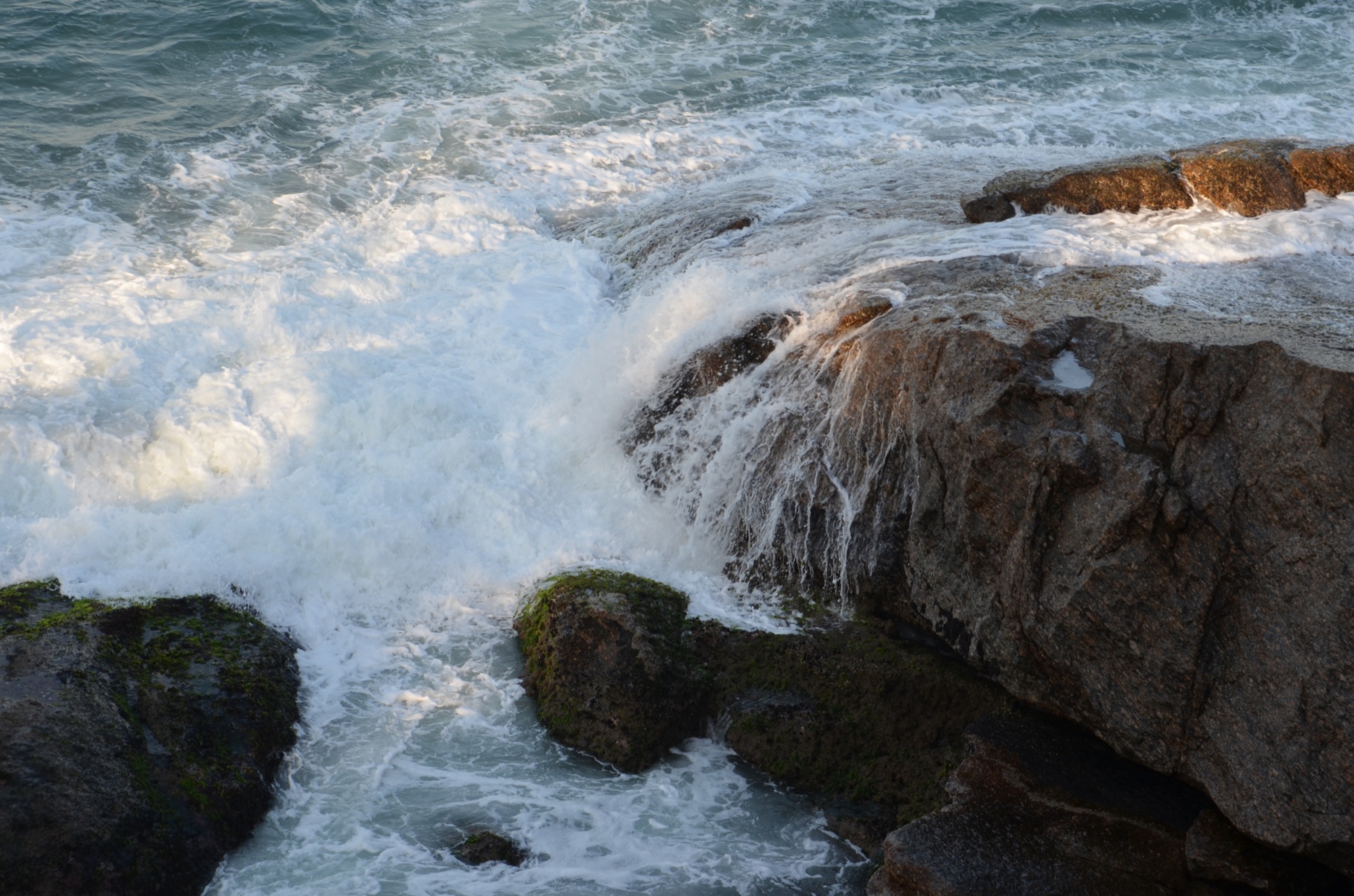
The afternoon we spent strolling through the botanical garden was delightful. Even the turtles in the pond were enjoying the beautiful sunny day. Near the pond was an unusual sundial that caught our eye.


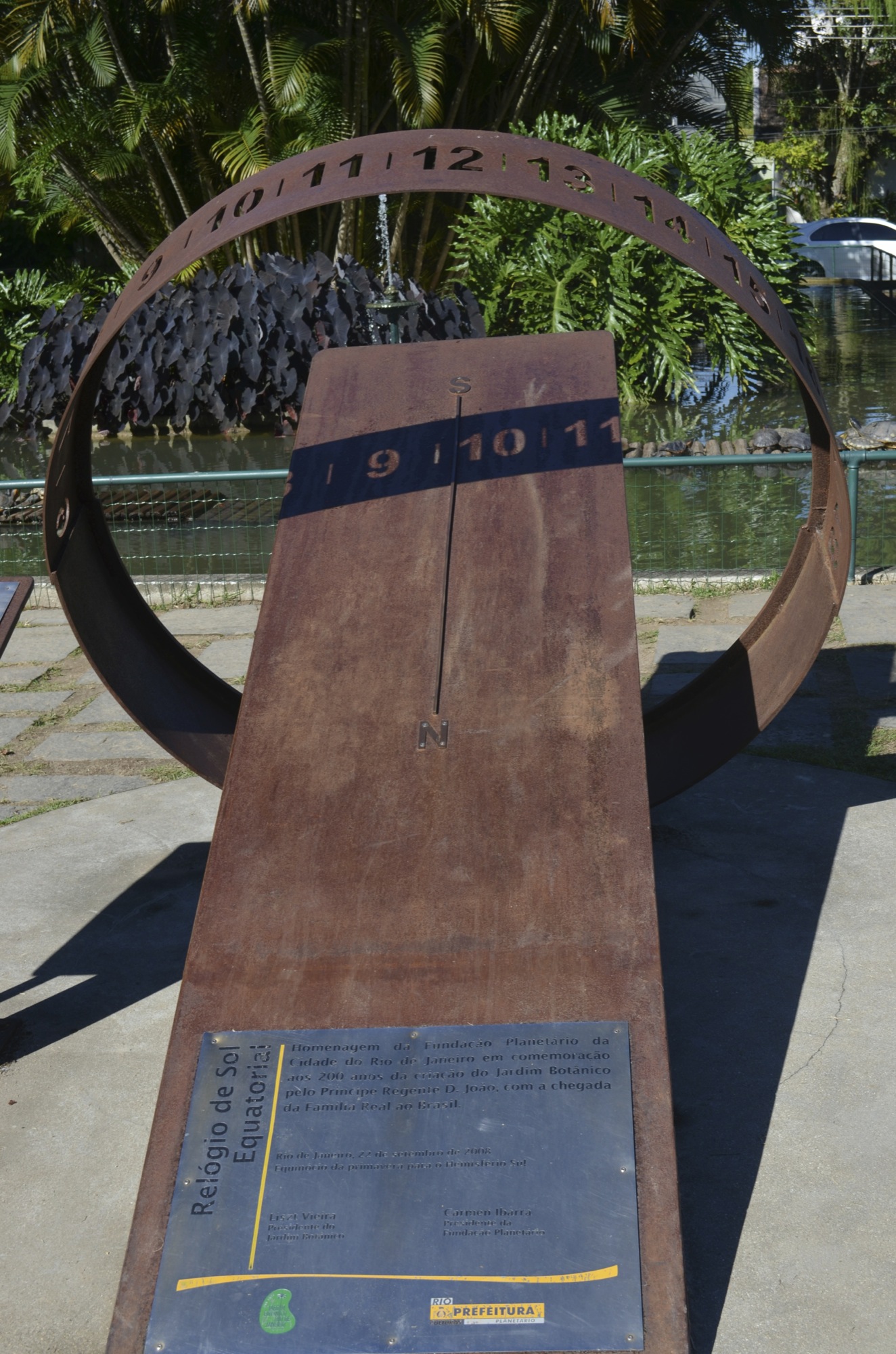
The great kiskadee bird was fairly common throughout Brazil. They were easy to spot because of their bright yellow color and fun to watch because they were so active. In one of the ponds, we spotted a great white egret. The pond was so clear, that the image reflected in the water like a mirror.

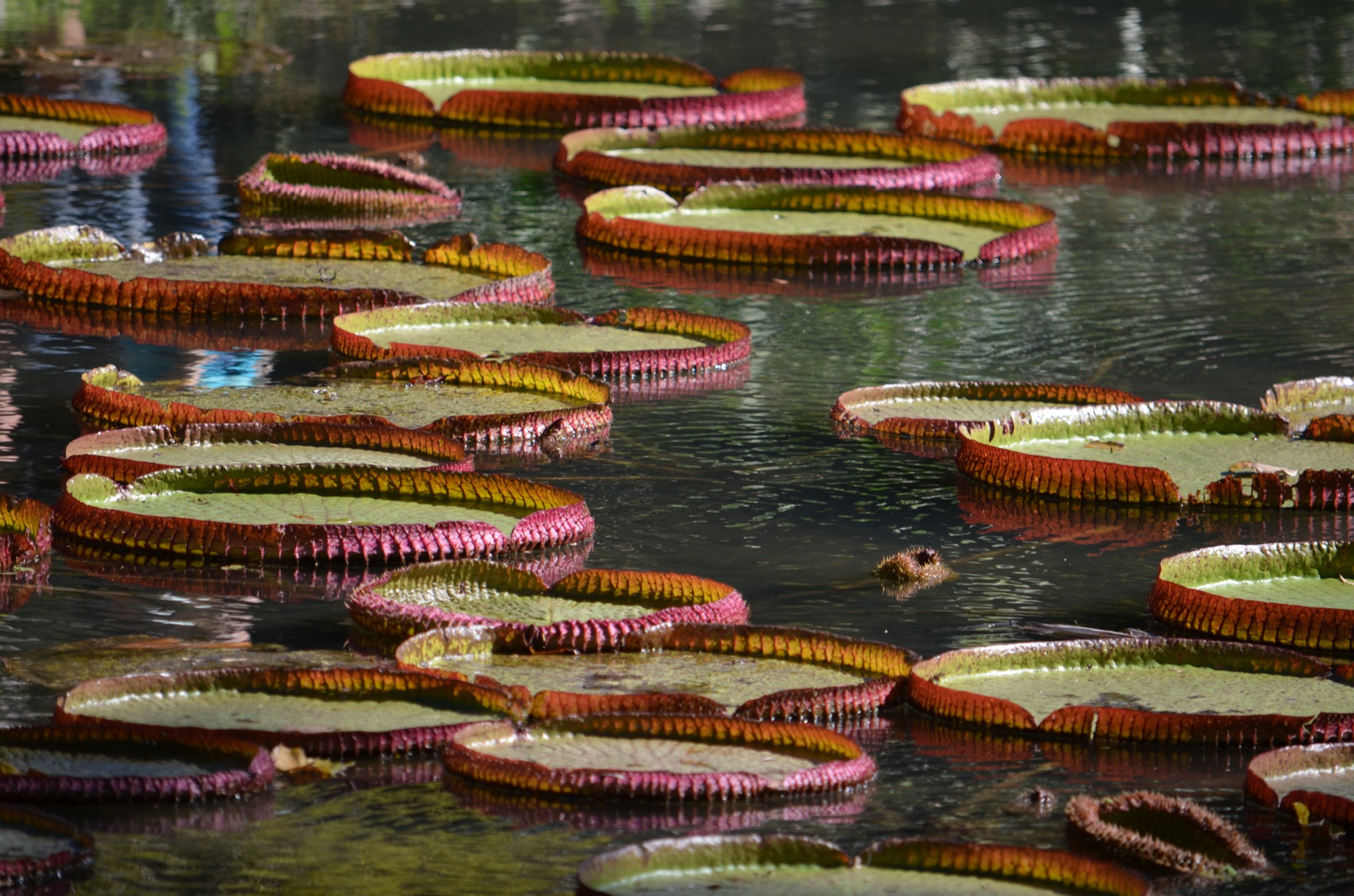
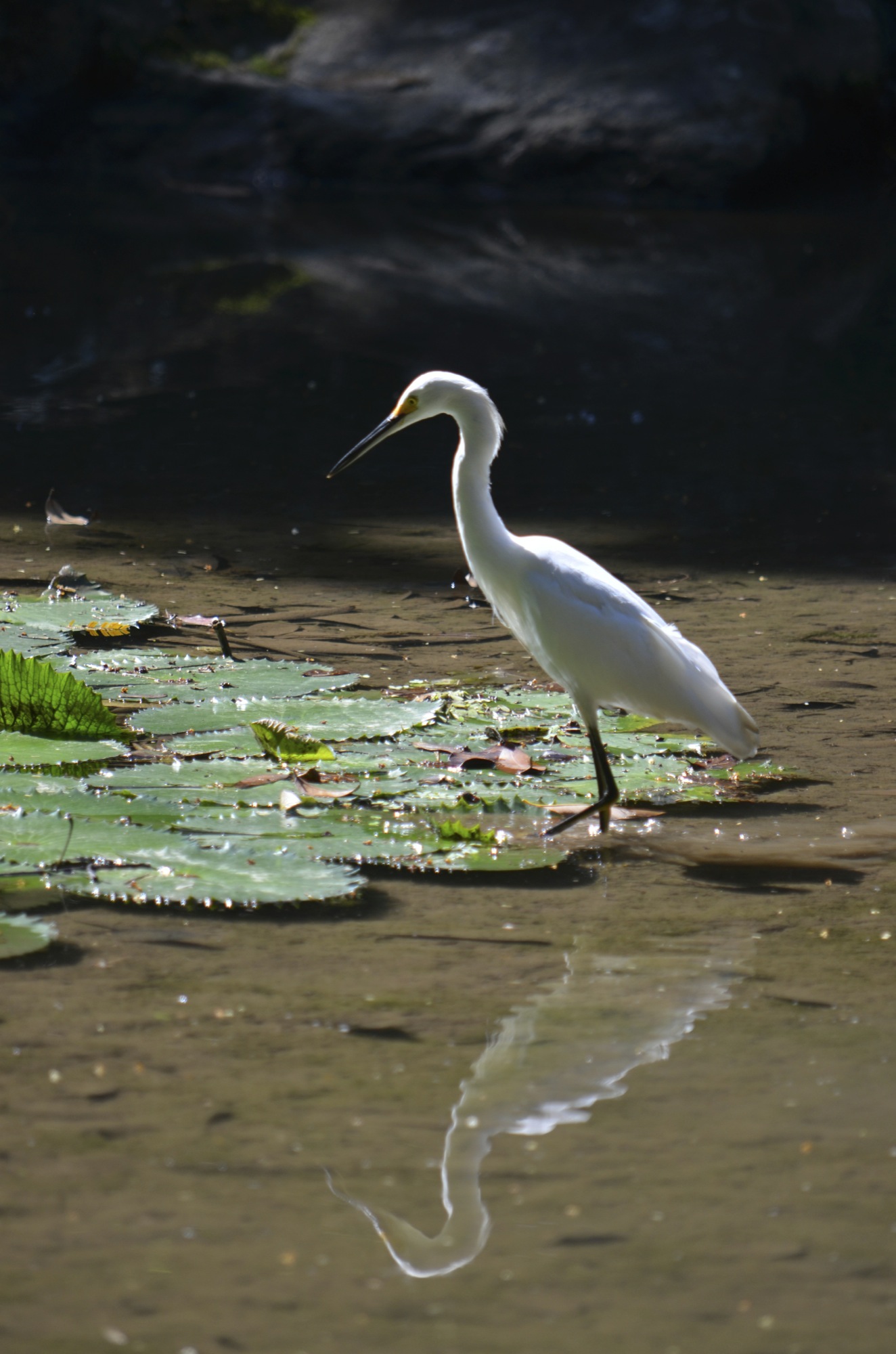
There were many interesting trees in the botanical garden. For example, the silk floss tree, or Ceiba speciosa, is a large tree that is covered with spikes on its trunk and branches. The spikes are believed to store water for the tree to use in the dry season. There is a cotton or floss inside the tree's seed pods that is often used in packaging or to make paper.
The avenue of the royal palms is lined with trees all believed to have been grown from the seeds of a single tree. Steve is standing at the base of a giant kapik tree. This tree can grow to over 200 feet tall and under the right conditions can grow as much as 13 feet per year.



